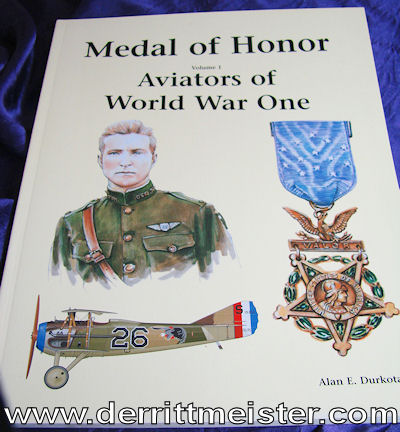Description
This is a special post WW I Regiment der Gardes du Corps veterans’ group flag bearer ‘s ringkragen (gorget). Veterans’ groups were very popular in Germany, both before and after WW I. Many such groups met in cities and towns all over Germany. These groups were all-encompassing, being regional as well as regimental in nature. They all produced various memorabilia for their member, from something as simple as badges to much more complex steins, pipes, flasks and flags. Large, elaborately-embroidered banners were displayed on walls, or carried as flags in marches, much like the regimental and national colors carried at a regiment’s head when on parade. Smaller banners often were mounted for display on a desk or podium, or attached to musical instruments. The man selected to bear an active army unit’s or veterans’ group’s colors was known as the Fahnenträger (standard-bearer). This man wore a ringkragen (gorget), a shield suspended from a chain. It was hung around his neck (the shield rested on his chest). It is also important to note that a Fahnenträger wore a special patch on his tunic sleeve called a “kragenspiegel.”
Today we are offering a ringkragen from a 1920’s Regiment der Gardes du Corps veterans’ group, rather than an active military unit’s example. The ringkragen’s body is nickel-plated and topped by a gilt arrangement (consisting of four flags/banners) surrounding a central oval that rests on scattered laurel leaves. It measures 5 ½” x 6.” The oval’s center features a 1914 Iron Cross. Engraved above the gilt arrangement are the words “Kvd (Kriegs verein dienst) Gardes du Corps,” “while “Potsdam” is engraved below the central decoration. The neck chain is typical of those on period standarten/fahnenträger ringkragens, with the alternating decorative round and oval links. The chain is connected to the gorget by two decorative gilt buttons. One side is permanently attached, while the other button attaches by a hook that allows the chain to be easily removed or put on by its wearer. The central hook can be placed into a tunic buttonhole or seam in order to stabilize it on the wearer, preventing it from swinging back and forth while marching or riding.
The hook’s back is marked “Ges. Gesch.” (Gesetzlich Geschützt = protected by law, patented, copyrighted). The ringkragen’s back is covered with feldgrau material. The item is in excellent condition, and comes in its original red cardboard box that measures 1 ½” x 6″ x 6.” Two paper wrapper pieces are included. It is a very rare veteran’s offering for one of the Imperial German Army’s premier regiments!






